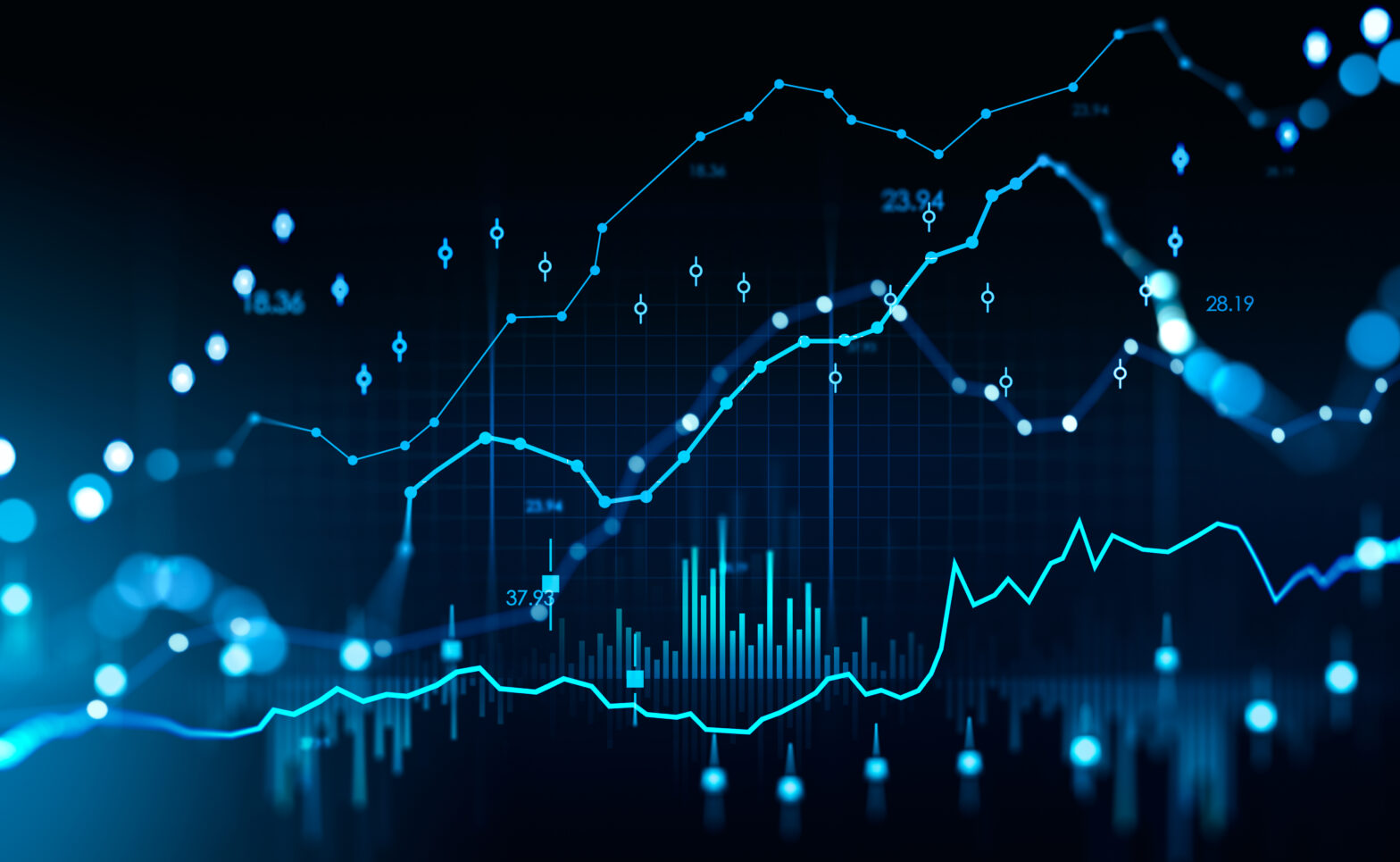People have seen the value of connected data explode, and it’s a truism that the world’s top financial firms are looking to connect everything – their supply chain, their CRM, their digital and physical assets, their views of their customers, their payment history and so on.
The real problem – and potentially game-changing opportunity – is making the value of those connections increase. There may be an answer in the form of a new way of working with data that is predicated on making the connections in a dataset work for its owner.
That’s in the shape of graph, an approach based on the insight that when it comes to data it’s the relationships that are of interest. They differ from traditional (relational) business databases by specialising in displaying and identifying the relationships between large numbers of data points, and so help organisations make better sense of their data.
>See also: Artificial intelligence: how it’s transforming financial services today
Working with graphs is a core ingredient of the success of early internet giants. For example, Google’s success owes much to its ability to rapidly exploit connections in every Web document, optimising the relevance and speed of its searches; likewise, LinkedIn digitally harnesses real-life relationship networks in such a slick way that it has cornered the professional social network market. The graph idea played a part in their path to glory, and is now available as a practical architecture for the wider market.
In a graph database, people don’t have to live with the semantically-limited data model and expensive, unpredictable ways of running queries via joins of the relational world. Graph databases support many named, directed relationships between entities (nodes) that give a richer semantic context. That means the features of the world being modelled can be specified in far greater detail, in order to learn a lot more about what’s going on. Even better, queries are super-fast, since there is no join penalty.
In areas as diverse as retail recommendations, machine learning and shopping chatbots, graph database is proving its power. But it’s also becoming more of a factor in finance, being useful in helping spot financial crimes, preventing and responding to cyber threats, ensuring compliance and being central to data-driven customer engagement strategies.
Using graphs to help address key process challenges
Financial services firms are connecting the dots they couldn’t join otherwise via graphs’ power. Financial assets, for instance, are incredibly complex and co-habit complicated, interdependent systems. As a result, financial services firms are increasingly turning to graphs to get a more complete and traceable understanding of the relationships between all these vital assets.
Top financial firms are also using such asset graphs to perform derivatives pricing in real time, where the pricing formula needs to take into account the many interdependencies between items and accurately reflect the risk/reward ratio.
Regulatory compliance requires financial services firms to have deep visibility into data, information and process flows. This can be a challenge as the same data can be replicated across many different systems.
Graphs can help here, as they can easily model data lineage and data flows to deliver a complete understanding of siloed data and systems across the organisation. That’s useful for regulatory compliance efforts, but also helps speed up projects that depend on that data.
>See also: The impending use of blockchain in financial services
Meanwhile, in the Information Age financial services organisations face new challenges in identifying and stopping online fraudulent activity. Standard anti-fraud technologies — such as alerting deviations from customers’ normal purchasing patterns — use discrete data. This is useful for catching individual criminals acting alone, but falls short when it comes to detecting fraud rings.
Worse, cyber criminals continuously alter their strategies to evade detection. A criminal might steal identity information from ten different people, then mix and match to create “new” synthetic identities that then can be used to open bank and credit card accounts, as well as personal lines of credit.
Traditional fraud detection solutions won’t flag these accounts. In response, banks and insurers need a new way to follow the trail from one account to another to determine how activities that appear unrelated are in fact connected.
Real-time graph traversals tied to the right kinds of events can help financial services firms identify probable fraud rings, during or even before a fraudulent transaction occurs.
Reducing the risk of money laundering presents a similar challenge. Brands need to know where funds come from and where they’re headed, but criminals use misdirection to make it difficult to follow money from one point to another.
Unfortunately, many traditional anti-money laundering technologies aren’t designed to connect the dots across these many intermediate steps, which means that detecting money-laundering schemes requires a tremendous amount of manual effort: teams of inspectors can spend months going through reams of data. Now, anti-money laundering teams at financial services firms are using graphs to model companies, accounts and transactions to better discover instances of money laundering.
>See also: 2018 is shaping up to be a regulatory nightmare for financial services
Corporate information security groups at financial services firms are also using entitlement graphs to audit the entitlement structure and issue queries in real-time to determine entitlements regardless of the complexity.
As a tool for better operations
Financial services firms are also using graph databases internally – as a useful part of the way they run their own environments. That’s by ‘graphing’ their data centres, networks and other IT architecture (creating graph maps of their topologies).
Such use cases include everything from using graphs to help with dependency management, impact analysis, network management, downtime reduction, root-cause analysis and routing, and quality-of-service mapping.
Many bank DevOp teams say that because of the evolving complexity and interrelated nature of their IT infrastructure, only a graph database can properly map and query all of the data they need to model today.
After all, a typical Tier One bank will have tens of thousands of Linux, Windows and other servers, as well as hundreds of thousands of desktops. Everything is connected to everything else across many physical and virtual networks and subnets.
A graph data model can be used to identify single points of failure within a network before the vulnerability is known to attackers, while real-time, connected data queries can alert internal security experts if typical attack patterns are occurring within a network, even if individual data points don’t appear to be malicious.
>See also: Back to the future: what will financial services look like in 2017?
A way to help the digital user
Finally, as everyone knows, customer expectations are rising and customer service is a significant differentiator. In today’s digitised market, powerful, real-time, banking and insurance product and service recommendations and personalisation engines have become fundamental for creating superior user experience and commercial success.
To be effective, such strategies demand a fully joined-up, 360-degree view of customer data – something made impossible by siloed data found in most financial services firms. Harnessing the power of connected data (i.e., data relationships) is essential to sustainable competitive advantage in today’s ever-more-connected, ever-more-competitive, world.
It’s clear that graph technology is coming through as an intuitive way of meeting market, internal and customer issues for today’s finance sector.
Sourced by Emil Eifrem, CEO at Neo4j







